Yalgogrin Gold Project – Central NSW
Overview
The Yalgogrin Gold Project was acquired by Thomson in October 2019. EL 8684, together with EL 8946, covers the Yalgogrin Gold Field with multiple historic gold workings. The Yalgogrin Gold Field is centred on a major NNW orientated basin margin structure bounding the Yalgogrin intrusive on its western flank. This structure appears to be a sister structure to the crustal-scale Gilmore Fault and is interpreted to connect with it at depth.
Exploration Activities
Thomson has undertaken three drilling programs at the Yalgogrin Project, the first program discovered thick low-grade gold mineralisation from surface as well as deeper high-grade lodes. The Shellys-Bursted Boulder target area proved the most promising area with high grade intercepts below both of the main lines of historic workings. Thomson undertook the Phase-2 follow up drilling program in November/December 2020 which was designed to extend the known mineralisation by drilling sections either side of the first drill section and following the mineralisation east and west.
Four RC holes were drilled for an aggregate of 504 metres. Further holes were drilled in April/May 2022. That drilling was focused on extending the Bursted Boulder and Shelly occurrences.
TGRC19 and 21 targeted an extension of the Shellys lode to the west and both hit low level gold at the expected depths, which includes 18m at 0.3 g/t Au in TGRC21. However, both also intersected shallow, wide gold zones south of Shellys, possibly indicating a new gold zone, previously unknown and not historically worked. It could well extend further south and is open to the west, as is Shellys itself.
TGRC20 intersected the projected Bursted Boulder lode 40m east of its last intersection, but it was weak at this point with 1m at 1.0 g/t Au. Nevertheless, the lode is still open to the east. It is also open to the west where planned holes to follow up TGRC17’s 3m at 6.9 g/t Au could not be drilled.

Location And Geology
The Yalgogrin Granite is one of a number of Silurian to Early Devonian age granites that have intruded the hanging wall of the crustal scale, west dipping, Gilmore Fault. Depending on timing or chemistry it appears that some granites are prospective for either gold (Grong Grong including Harry Smith, Yalgogrin) or tin (Ardlethan including Bygoo), or both (Kikoira). Yalgogrin appears to have many similarities with the Harry Smith project.
EL8684 is dominated by a thick sequence of Ordovician metasediments, including siltstones, sandstones and shales/phyllites of the Abercrombie Formation which vary in metamorphic grade dependent on regional metamorphism as well as the proximity to intrusives. A complex suite of Silurian granites, granodiorites and microgranodiorites (Yalgogrin Granite) intruded these sediments often exhibiting a fault contact with the sediment. Significant structures, parallel to possible mineralised features evidenced by previous workers, trend NNW through the tenement and possible dilation zones are observed nearby to significant groupings of old workings.
